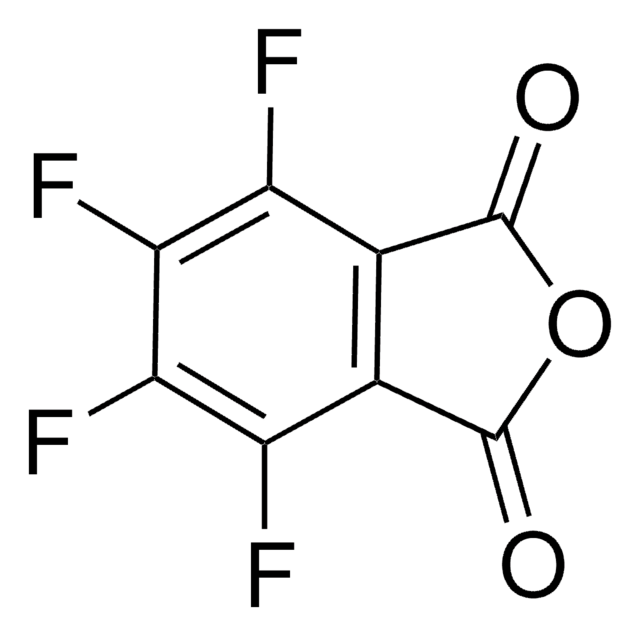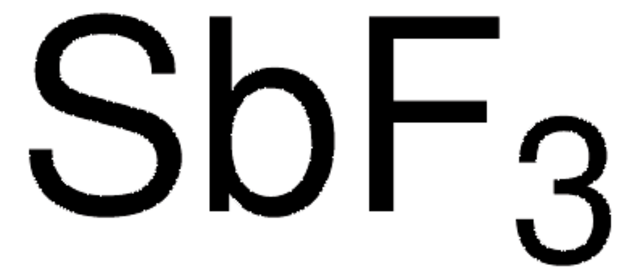Key Documents
339067
Boric acid
99.97% trace metals basis
Synonim(y):
Boracic acid, Borofax
About This Item
Polecane produkty
agency
suitable for SM 5210
Poziom jakości
ciśnienie pary
2.6 mmHg ( 20 °C)
Próba
99.97% trace metals basis
Postać
powder or crystals
mp
160 °C (dec.) (lit.)
rozpuszczalność
water: soluble
gęstość
1.440 g/cm3
Zastosowanie
histology
ciąg SMILES
OB(O)O
InChI
1S/BH3O3/c2-1(3)4/h2-4H
Klucz InChI
KGBXLFKZBHKPEV-UHFFFAOYSA-N
Szukasz podobnych produktów? Odwiedź Przewodnik dotyczący porównywania produktów
Opis ogólny
Zastosowanie
Opakowanie
Hasło ostrzegawcze
Danger
Zwroty wskazujące rodzaj zagrożenia
Zwroty wskazujące środki ostrożności
Klasyfikacja zagrożeń
Repr. 1B
Kod klasy składowania
6.1D - Non-combustible acute toxic Cat.3 / toxic hazardous materials or hazardous materials causing chronic effects
Klasa zagrożenia wodnego (WGK)
WGK 1
Temperatura zapłonu (°F)
Not applicable
Temperatura zapłonu (°C)
Not applicable
Środki ochrony indywidualnej
Eyeshields, Gloves, type P3 (EN 143) respirator cartridges
Wybierz jedną z najnowszych wersji:
Masz już ten produkt?
Dokumenty związane z niedawno zakupionymi produktami zostały zamieszczone w Bibliotece dokumentów.
Klienci oglądali również te produkty
Nasz zespół naukowców ma doświadczenie we wszystkich obszarach badań, w tym w naukach przyrodniczych, materiałoznawstwie, syntezie chemicznej, chromatografii, analityce i wielu innych dziedzinach.
Skontaktuj się z zespołem ds. pomocy technicznej







